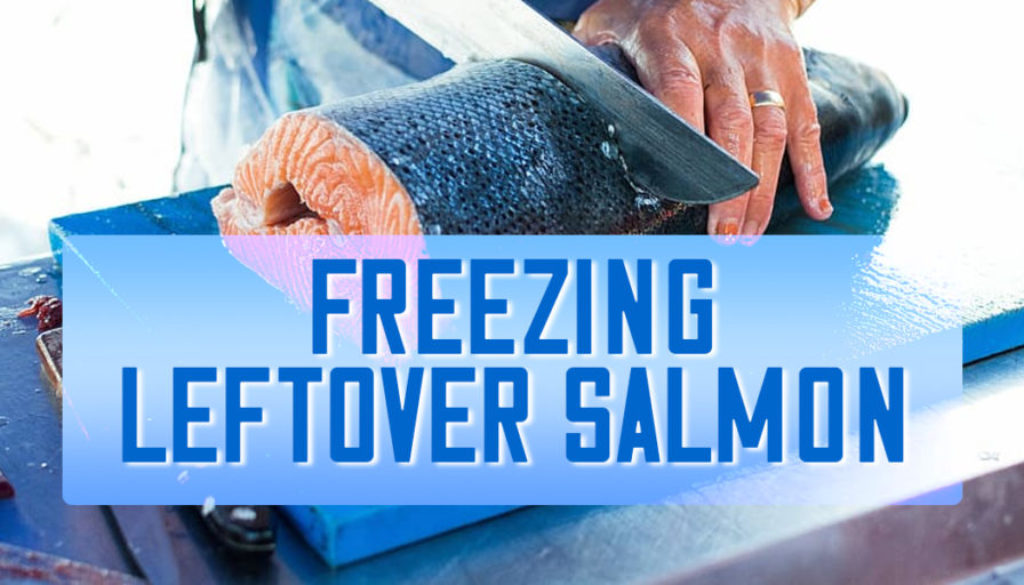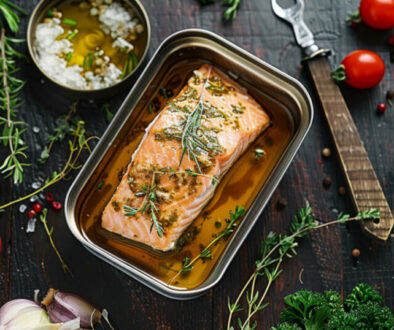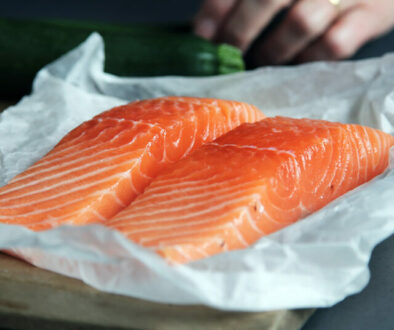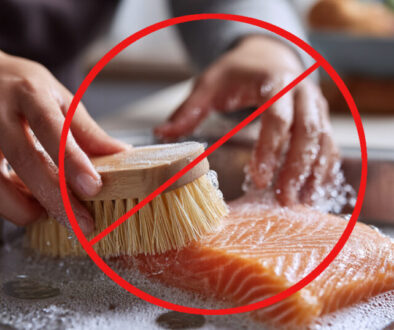The Best Way to Freeze Cooked Salmon
You’ve made a delicious salmon recipe, but now dinner is over and you have half a salmon left to do something with. One option is to freeze your salmon. There are few things you need to know about the best way to freeze left over salmon.
Freezing Fillets
- If you have a large chunk of salmon, cut it into serving size portions.
- Wrap each piece tightly in good quality parchment paper. This will prevent it from sticking to the plastic.
- Place in a freezer grade plastic bag and remove as much air as possible.
- Seal, label and date each bag.
- Place in the coldest portion of the freezer and don’t stack anything on top of them.
- Avoid freezing salmon with sauces. Salmon that has been poached, steamed, smoked or grilled work best.
- Properly prepared salmon can be kept in the freezer for 6 month.
Using a Vacuum Sealer to Freeze Cooked Salmon
Vacuum sealer are awesome for freezing all sorts of foods. With fish though, the vacuum can be too much and crush your fish. The solution is to prepare your salmon for freezing, then actually freeze it overnight before vacuum sealing it. This way it won’t be crushed and it also prevents any issues with juices running or getting into the seal.
Freezing Pieces of Salmon
If your salmon isn’t in pretty fillets, you can freeze broken up salmon. One option is to pack it tightly in a container, then freeze it.
One thing you may consider is actually using your flaked salmon in a recipe before freezing it. A popular option is some variation of salmon patty. These can be made ahead, frozen then packaged and bagged up as you would a fillet and keep wonderfully.
Thawing and Heating Frozen Salmon
If you have vacuum packed your salmon, break the seal and then put it in a dish in the fridge to thaw. Slow thawing is best for any meat and this is especially true of fish. If you thaw it too fast your fish will lose even more water and be very dry.
When it comes to heating your salmon back up, covered, low and slow in the oven is generally accepted as the best way to go. By covering the baking dish you are using you will avoid losing excessive amounts of moisture from your fish. You also don’t want to get it too hot for that same reason.
About 15 minutes in a 275°F oven should be about right to get you to an internal temperature of 125°F to 130°F.
If you have to use the microwave, go slow in short bursts and if you can, turn down the power. Move the salmon in the microwave between sessions to help balance out the heating.
With salmon patties, you can skip the thawing altogether and go straight to the baking dish.



